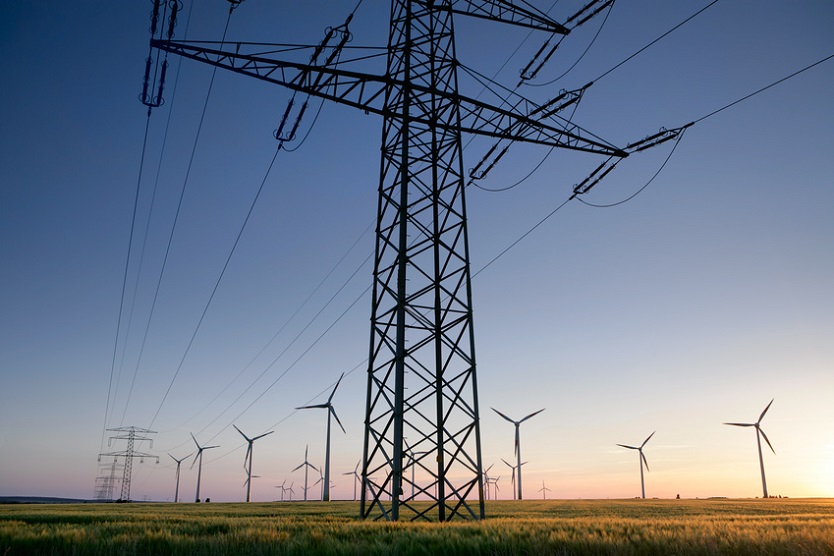
The Copernicus project SynErgy aims to figure out how energy flexibility can be used and sold as a service automatically within the market.
© fotolia.com/thomaslerchphoto
As Germany’s share of renewable energies increases, the flexible potential of industry to stabilise the grid – amounting to several terawatt hours per year – must be harnessed. Factories, plants and other high-load consumers can compensate for the fluctuations in power supply (a so-far ineluctable feature of carbon-neutral energy) by increasing or decreasing demand for energy.
Under the umbrella of the Copernicus project SynErgy, funded by the Federal Ministry of Education and Research (BMBF), the Augsburg region aims to demonstrate how this can work in a real-world test run. Since 2016, 38 partners from business, science and the civic sector have been working on a concept for the model region. Their aim is to figure out how energy flexibility can be used and sold as a service automatically within the market. The theory will be put into practice this year until 2022 – an energy synching platform is underway to network local industry and manage supply and demand.
Five companies in the Augsburg region will supply flexible energy: the agricultural machinery manufacturer AGCO GmbH, the energy and building technology company Alois Müller GmbH, the paper manufacturers Felix Schoeller Group and UPM GmbH, and the infrastructure engineering firm Steinbacher-Consult GmbH. The participating network operators and energy suppliers are Lechwerke, LEW Verteilnetz GmbH, Stadtwerke Augsburg and SWA Netze.
The bigger picture: if industry succeeds in governing its energy, it could relieve the German grid considerably (it accounts for 45 percent of total energy demand). The flexible potential for industry as a whole is estimated at under three terawatt hours per year for load, and over seven terawatt hours for load reduction. In practical terms, that means industry could buffer as much electricity as all the pumped storage power plants connected to the grid put together.


